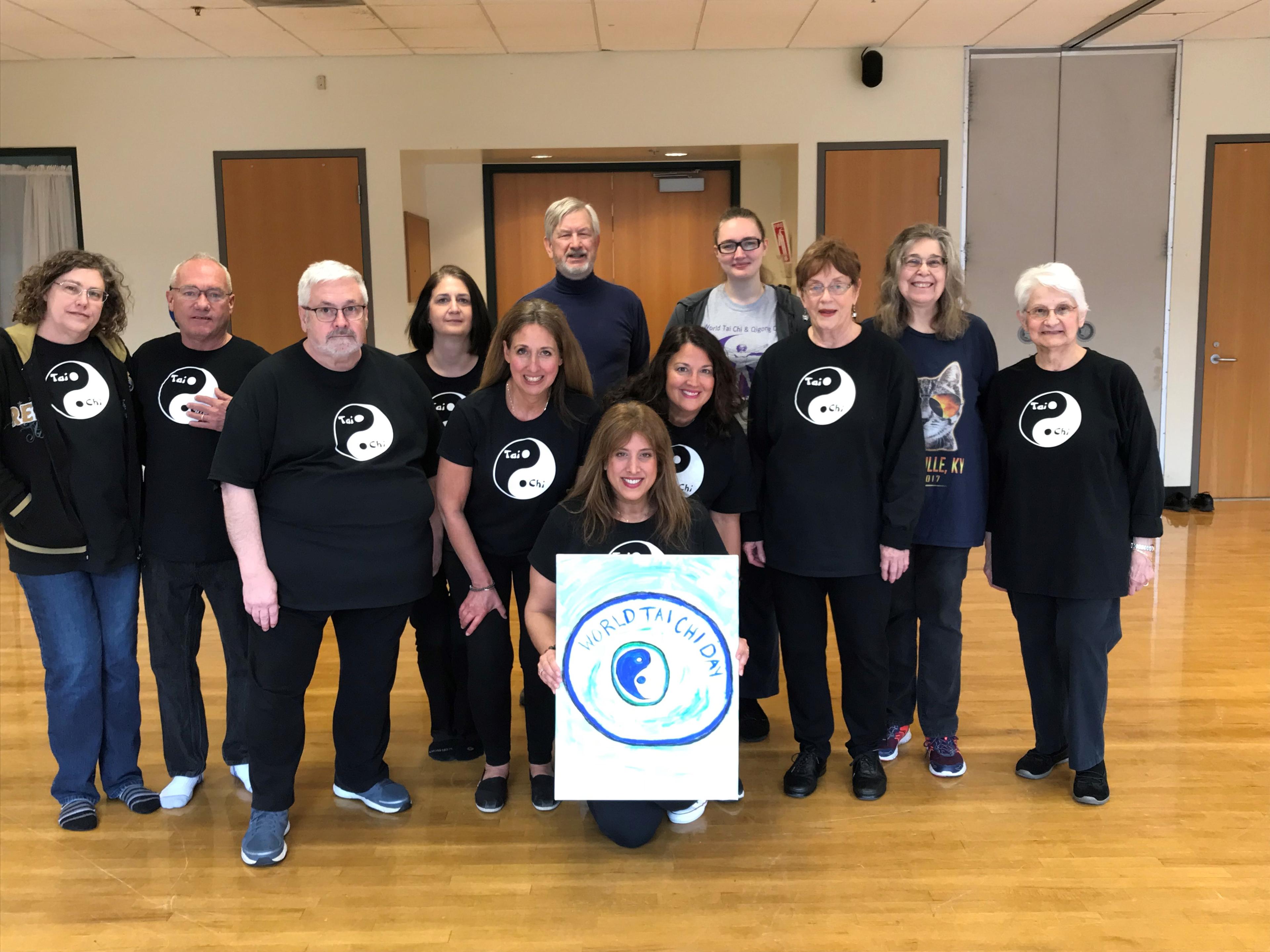The secret to pain-free skiing all winter long
| 2 min read

The silver lining to all this snow? Waking up on a weekend morning to fresh powder and heading out to hit some of Michigan’s ski slopes. But sometimes cutting through the black diamond trails for a day can mean a super-sore tomorrow since you’re working parts of your body you don’t use on a regular basis. Don’t let the thought of aching muscles prevent you from taking advantage of a Pure Michigan winter. Try these tips to stay safe and injury-free, letting you get back on the slopes as soon as possible:
- Prepare your quads and hamstrings for the day on the slopes with lots of squats the week before.
- Ensure your equipment is in good order so you aren’t affected by a broken binding halfway down a run.
- Warm up and stretch in the morning before you head out for the day. Just like any cardio workout, it’s good for your muscles to feel loose before strenuous activity.
- Always, always, always wear a helmet – you never know what could happen and can’t control the skiers around you.
- If you’re a beginner, sign up for an hour-long training course to get personalized insight into what you can do to improve your technique.
- It’s ok to push yourself to try harder runs, but don’t venture to the very advanced, double black diamond trails if you’ve only just started skiing. You risk getting in over your head and crashing.
- Dress appropriately to avoid frostbite. In extreme weather conditions, be sure to take frequent breaks to warm up your muscles.
- Invest in ski goggles – they will help protect your eyes from glare, wind and other weather elements, as well as ensure better visibility.
Photo credit: Ratha Grimes





